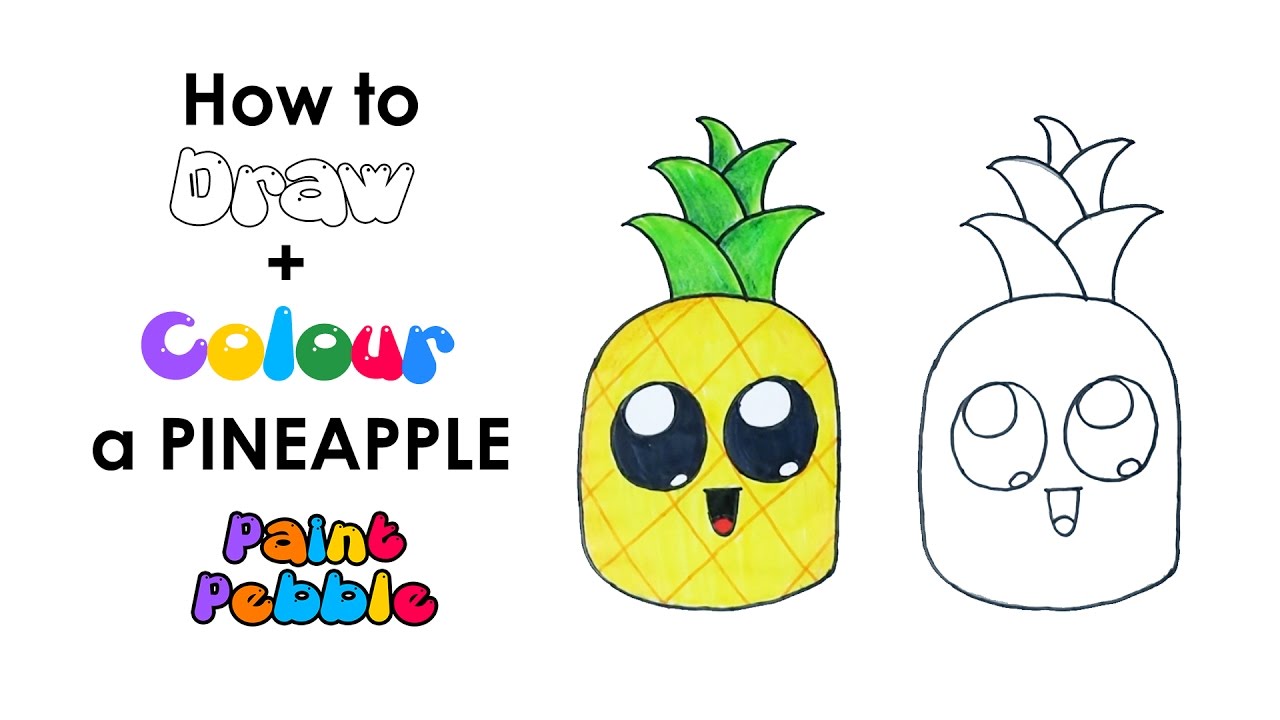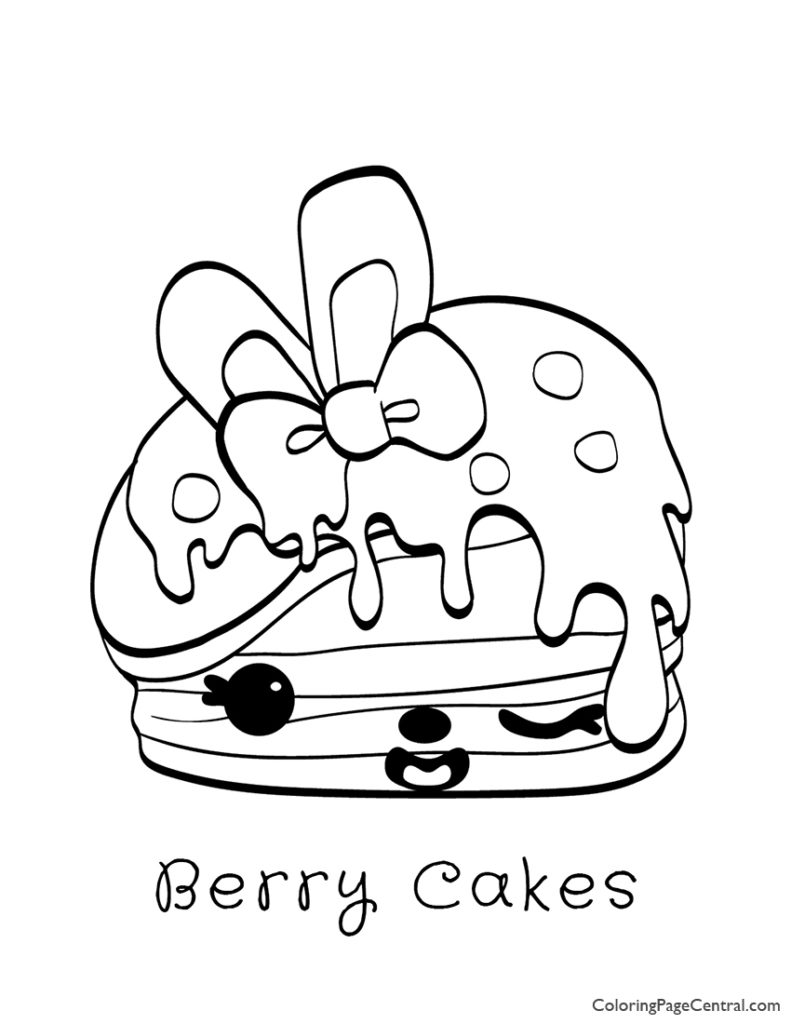Wild animals drawing at getdrawings
Table of Contents
Table of Contents
Have you ever wanted to draw wild animals, but didn’t know where to start? Perhaps you’ve tried before and just couldn’t get it right. Drawing wild animals may seem daunting, but with a few tips and tricks, you can learn how to bring these majestic creatures to life on paper. Read on to discover how to draw wild animals and unleash your inner artist.
The Pain Points of Drawing Wild Animals
Drawing wild animals can be a frustrating task, especially for someone who is just starting out. There may be difficulties in capturing the correct proportions or details, making the illustration look flat or lifeless. Additionally, without proper guidance, learning the techniques for how to draw wild animals can be time-consuming and discouraging.
Answering the Target of How to Draw Wild Animals
The key to drawing wild animals is to break it down into simple shapes and lines. Start with a basic outline of the animal’s shape and add more details as you go along. You don’t have to be an experienced artist to get started, either. There are many tutorials and resources available online, such as books and videos, that can guide you through the process step-by-step.
Summary of How to Draw Wild Animals and Related Keywords
If you’re looking to learn how to draw wild animals, there are several resources available to help you along the way. From videos to books, these guides can break the process down into simple steps so that anyone can learn how to bring these creatures to life on paper. Remember to start with a basic outline and add details as you go along, and don’t be afraid to practice and experiment.
Personal Experience with Drawing Wild Animals
As an artist, I love drawing animals, especially wild ones. It can be challenging, but there’s something thrilling about capturing their beauty and majesty on paper. One of my favorite tips for drawing wild animals is to focus on their eyes. The eyes are often the most expressive feature of the animal, and getting them right can make or break the drawing. Another tip is to study the animal’s anatomy and movement, as this can help bring the drawing to life.
 Different Approaches to Drawing Wild Animals
Different Approaches to Drawing Wild Animals
There are many approaches to drawing wild animals, and finding the one that works best for you may take some experimentation. Some artists prefer to start with a basic shape and build up from there, while others like to sketch with a loose hand and refine the details as they go along. Regardless of the approach, the key is to practice and experiment to find what works best for you.
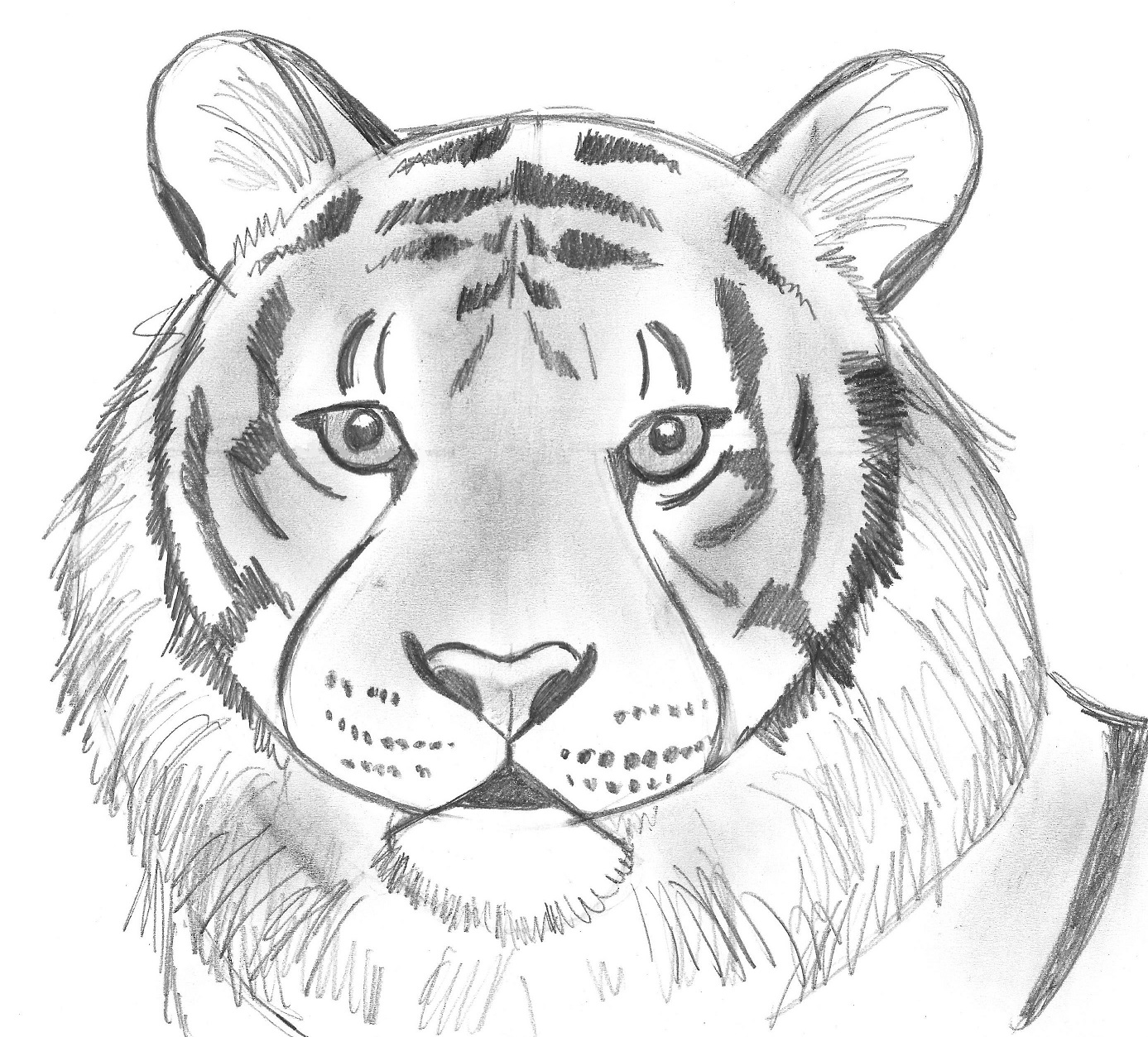 ### Tips and Techniques for Drawing Wild Animals
### Tips and Techniques for Drawing Wild Animals
When it comes to drawing wild animals, there are a few tips and techniques that can make the process easier. For example, studying reference images and videos can help you get a better understanding of the animal’s anatomy and movement. Additionally, using shading and texture can add depth and dimension to the drawing, making it look more realistic.
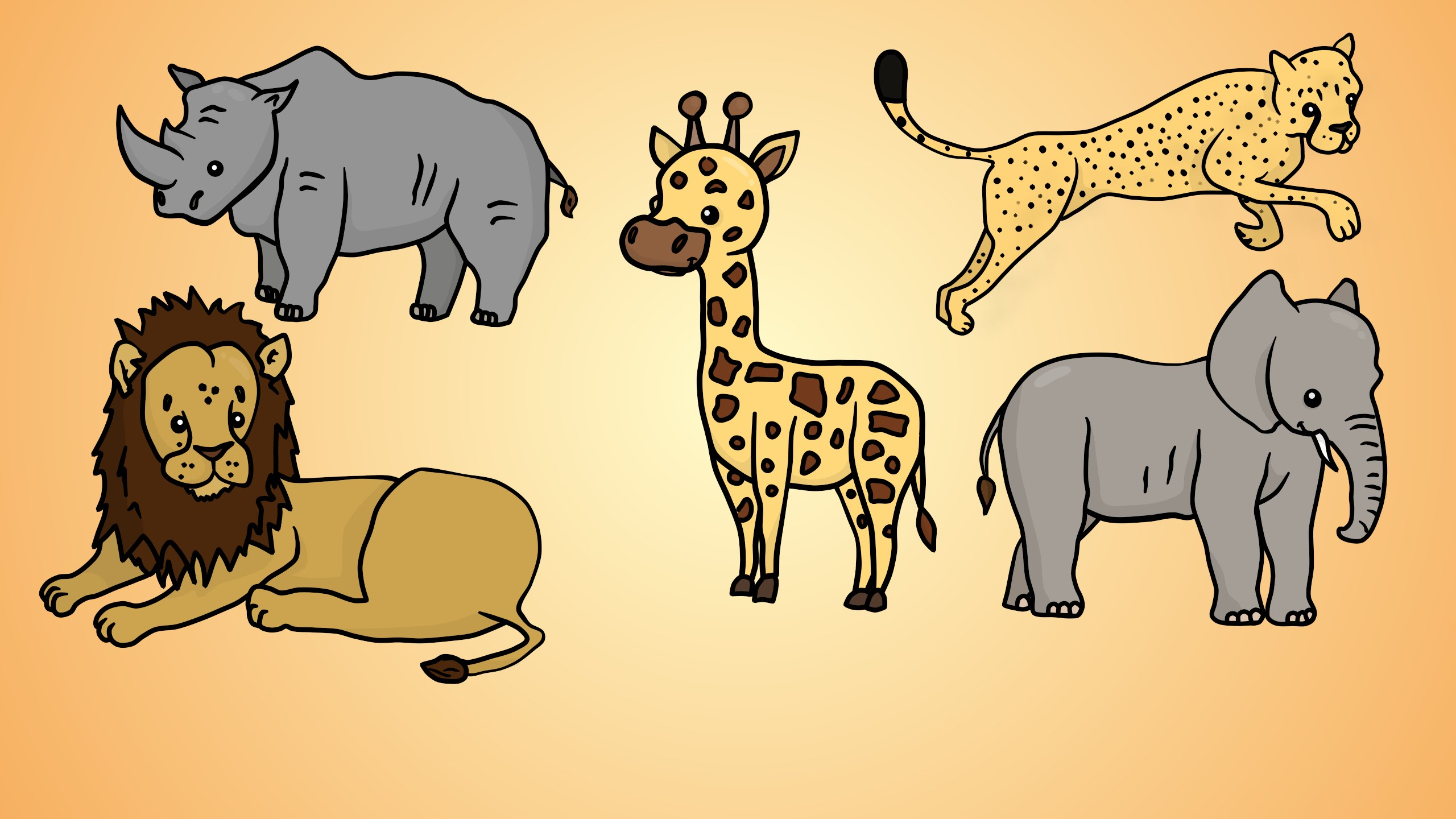 #### Drawing Wild Animals with Confidence
#### Drawing Wild Animals with Confidence
Drawing wild animals can be a daunting task, but it doesn’t have to be. With practice, patience, and the right resources, anyone can learn how to bring these majestic creatures to life on paper. Remember to start with a basic outline, study the animal’s anatomy and movement, and don’t be afraid to experiment and practice. With time, you’ll be drawing wild animals with confidence and skill.
Question and Answer: How to Draw Wild Animals
Q: What are some common mistakes to avoid when drawing wild animals?
A: A common mistake is getting the proportions wrong, such as having the head too small or the legs too long. Another mistake is not paying attention to the details, such as the texture of fur or patterns of the animal’s skin.
Q: Are there any specific materials I need to draw wild animals?
A: No particular materials are required, but some artists prefer to use pencils, pens, or charcoal for their illustrations. It’s important to use materials that you’re comfortable with and that allow you to achieve the effects you want.
Q: How do I add depth and dimension to my drawings of wild animals?
A: Using shading techniques such as cross-hatching or stippling can add depth and dimension to the drawing. Additionally, using different weights of lines and adding texture can help create a more realistic effect.
Q: Can I still learn how to draw wild animals even if I’m not naturally talented at art?
A: Absolutely! With practice and patience, anyone can learn how to draw wild animals. Don’t be discouraged if your first few attempts don’t turn out perfectly. Remember, practice makes progress.
Conclusion of How to Draw Wild Animals
Whether you’re an experienced artist or just starting out, learning how to draw wild animals can be a fun and rewarding experience. No matter what approach you take, remember to start with a basic sketch, study the animal’s anatomy and movement, and don’t be afraid to experiment and practice. With time and dedication, you’ll be drawing wild animals with confidence and skill.
Gallery
Wild Animals Drawing At GetDrawings | Free Download
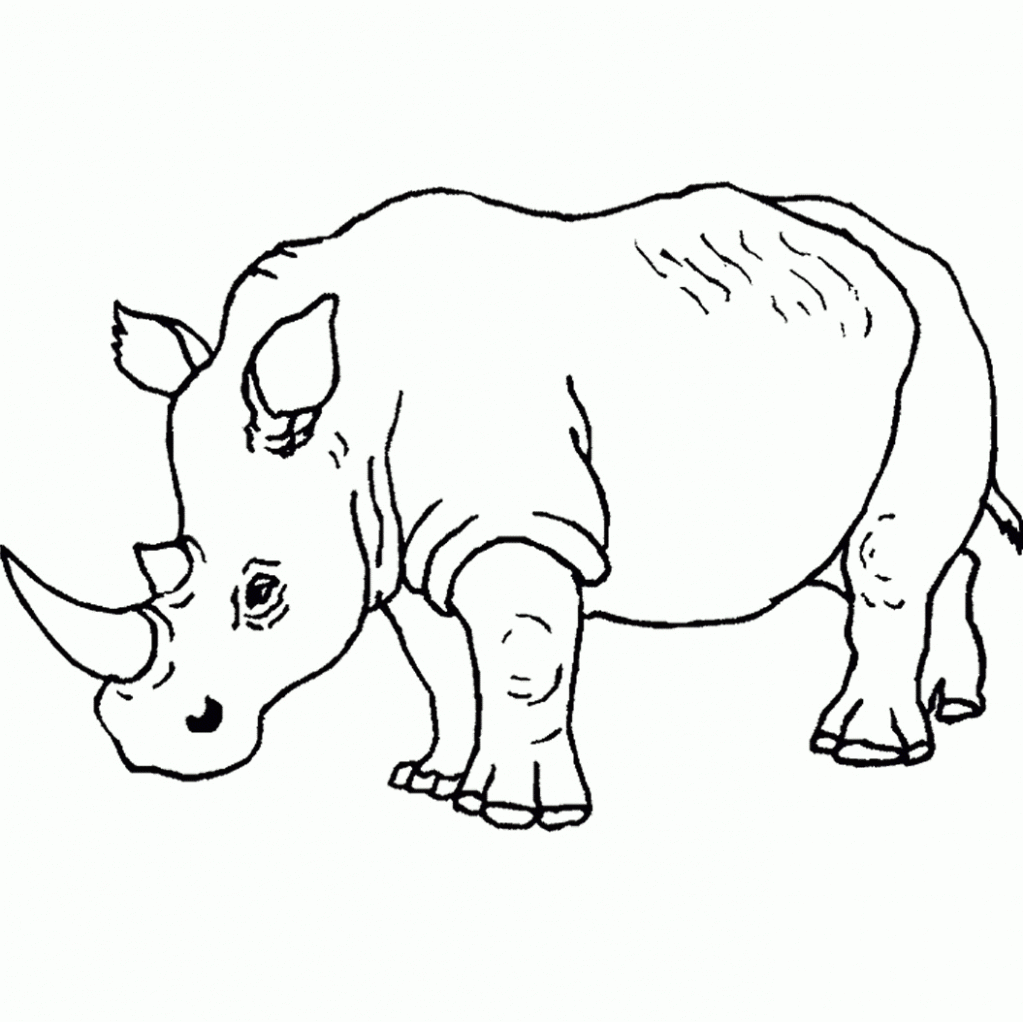
Photo Credit by: bing.com / animals drawing wild animal easy sketch real getdrawings pencil realistic
Draw 25 Wild Animals (Even If You Don’t Know How To Draw!) - Art Starts

Photo Credit by: bing.com / animals drawing wild draw creative animal tiger small drawings sketch pencil realistic paintingvalley even don know if sample book lines
Draw 25 Wild Animals (Even If You Don’t Know How To Draw!) - Art Starts
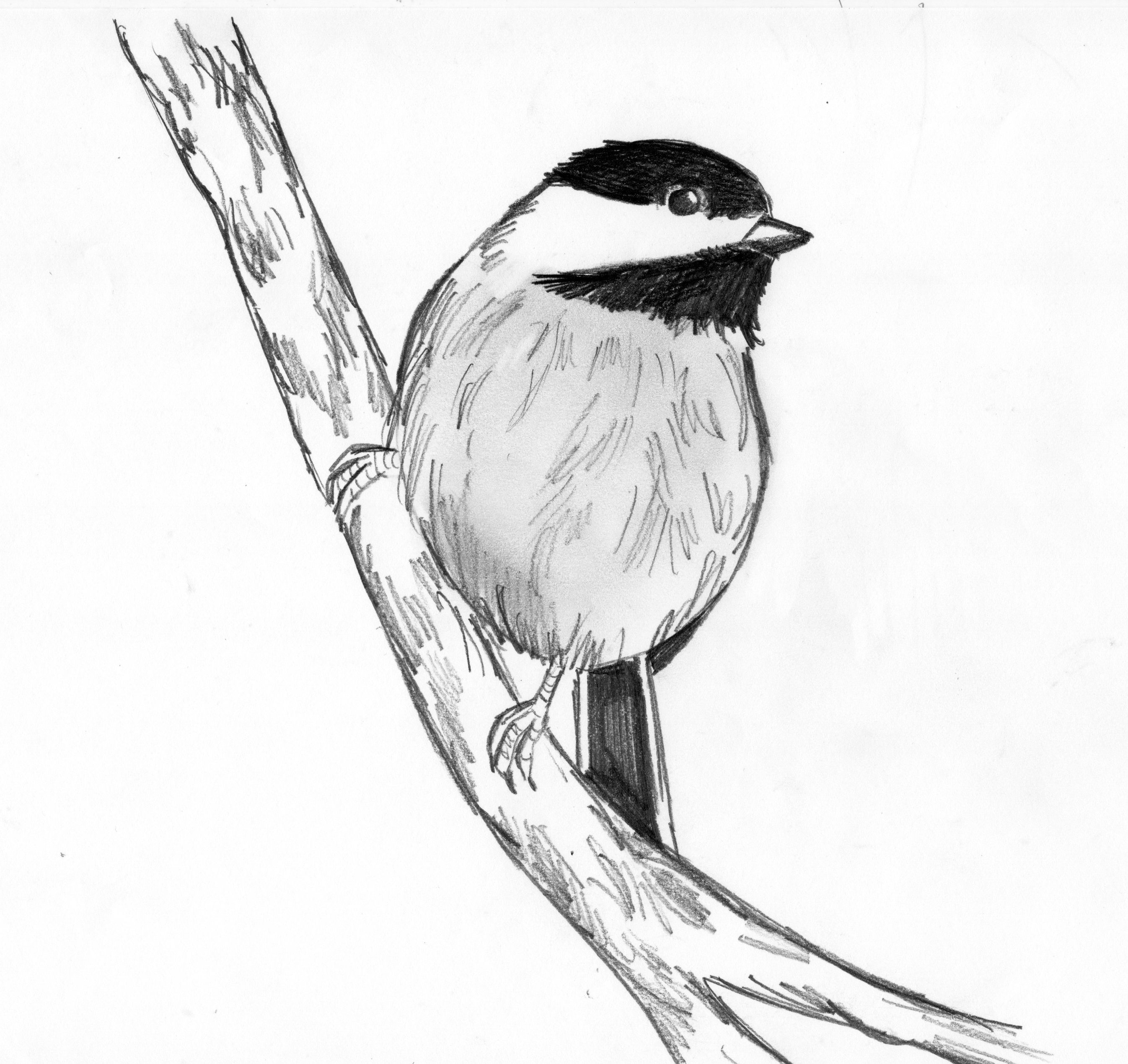
Photo Credit by: bing.com / animals draw wild drawing bird drawings know don pen ink samanthasbell even if paintingvalley dont attempt saw
How To Draw: How To Draw: Wild Animals In Simple Steps (Paperback
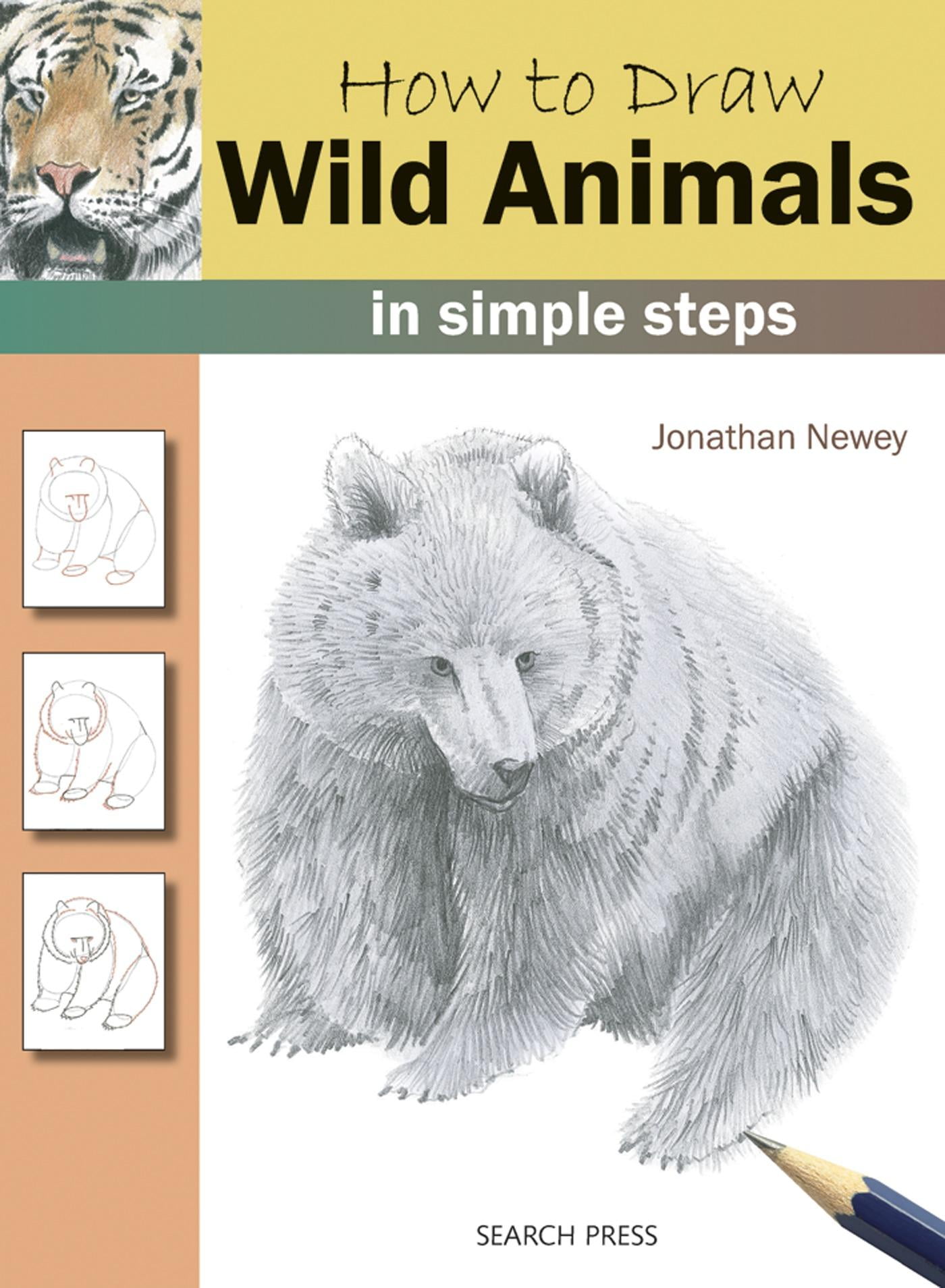
Photo Credit by: bing.com / draw animals wild books simple steps book children amazon review inspire creativity flip homeschool smoothrise
Wild Animals Drawing At GetDrawings | Free Download

Photo Credit by: bing.com / animals draw wild drawing five african africa easy south getdrawings




